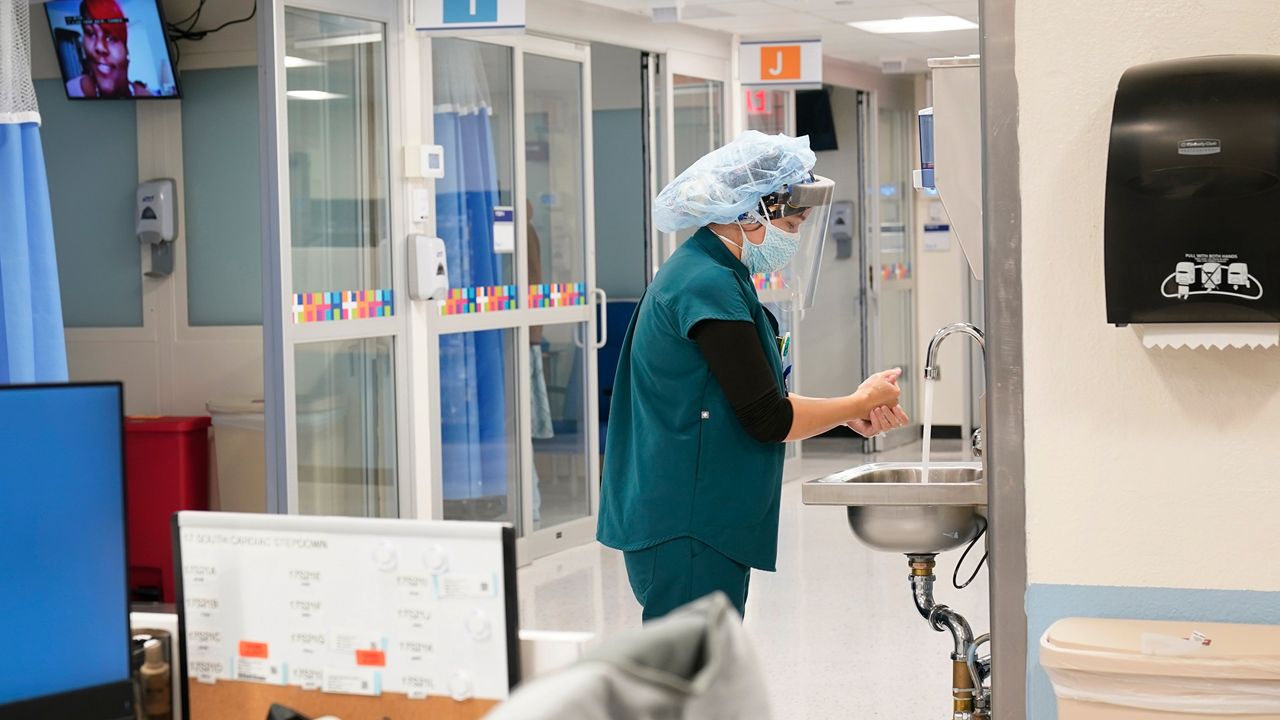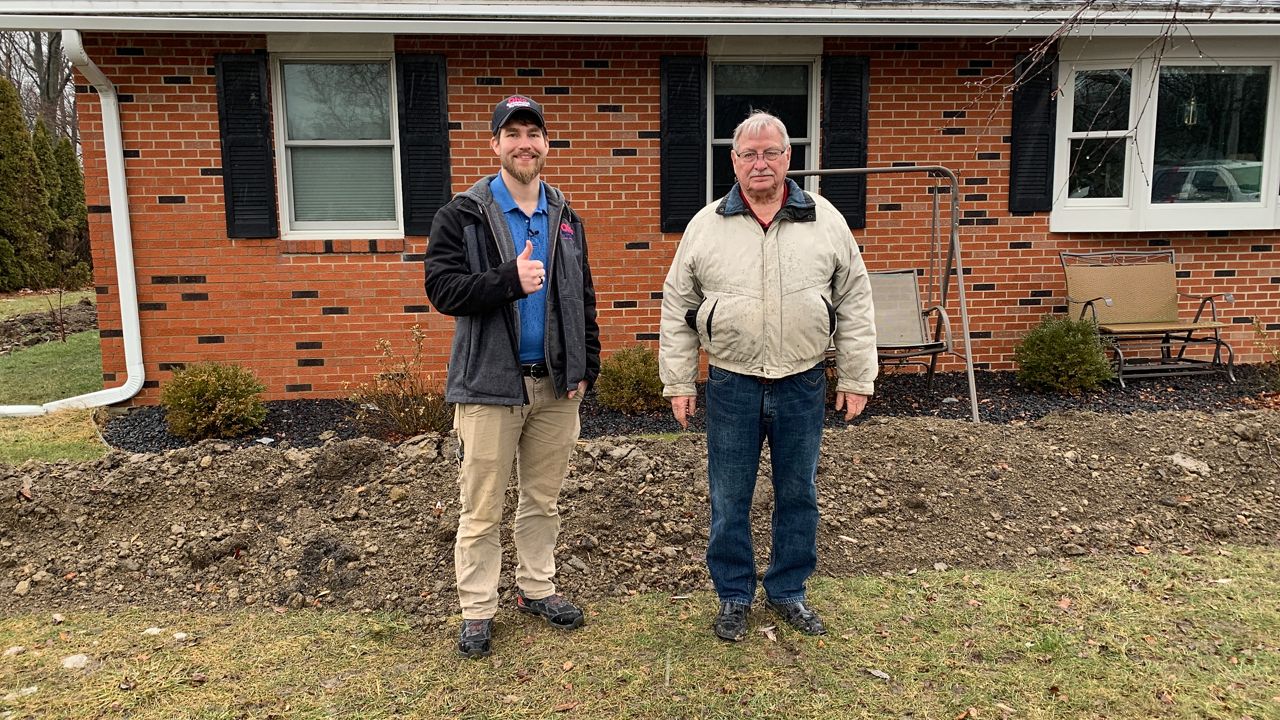COLUMBUS, Ohio — Hospitals in Ohio are restarting nonessential surgeries that were postponed during the height of the omicron surge, officials said.
What You Need To Know
- Hospitals in Cleveland and Columbus resumed nonessential surgeries
- Procedures were postponed at some hospitals for more than a month
- Hospitalizations have been declining in Ohio for the past four weeks
Most hospitals in the state postponed elective surgeries in December or January to cope with the high number of COVID-19 patients and staff shortages.
The three major health systems in Cleveland — the Cleveland Clinic, University Hospitals and MetroHealth — were among the first in the state to postpone elective surgeries when they announced the emergency measure on Dec. 3. Hospitals in other regions followed suit in subsequent weeks as the surge worsened throughout the state.
Steady declines in virus hospitalizations in the last four weeks have put hospitals in a much better position, allowing them to now resume the surgeries. On Tuesday, 2,992 patients were hospitalized with COVID-19 in Ohio, a 55.7% decline from peak on Jan. 10.
The Cleveland Clinic restarted non-urgent surgeries last week, spokesperson Shannon Kelley confirmed.
“We are now seeing a decline in patients with COVID-19 needing to be hospitalized,” she said. “We are eager to welcome back surgical patients, as well as those who may have delayed routine care or screenings.”
The health system encourages patients to reach out to their providers to make appointments for any delayed care. At the peak of the surge, the Cleveland Clinic was forced to postpone all nonessential surgeries requiring a hospital bed and all nonessential outpatient/ambulatory surgeries.
On Jan. 6, all of the hospitals in Healthcare Zone Two, which includes central and southeast Ohio, agreed to postpone nonessential surgical procedures requiring a hospital stay.
Sherri Kovach, president of the Central Ohio Trauma System, told Spectrum News that the blanket postponement of those surgeries in Zone Two has ended.
“Effective Monday, Jan. 31, each facility has developed its own internal process to evaluate the return of these procedures based on their facility’s case rate, admissions, patient need, ability to support the Zone, etc.,” she said.
Kovach said the hospitals are still communicating with each other on zone calls, monitoring the pandemic’s impact on hospitals and reviewing patient transfer requests. While the region has seen a “consistent decrease” in COVID admissions, some hospitals are still very busy and are monitoring the situation on a daily basis to determine when they can restart elective surgeries.
Other hospitals in Ohio that resumed elective surgeries last week include Mercy Health St. Rita’s in Lima and Kettering Health in Dayton.
On Friday, state officials said the Ohio National Guard is in the process of a "drawdown" with some of the hospitals where service members have offered clinical or general support during the surge. The National Guard’s mission continues at other hospitals, particularly in the southern regions of the state, where their support is still needed.
As of the latest update Monday, the National Guard was working at 28 hospitals, which is down from more than 50 in mid January.
The falling case numbers in the state also means that fewer health care workers are missing work to quarantine, allowing hospitals to restart services. This week, MetroHealth reopened a number of its health centers and medical offices that it had to close to consolidate staffing during the surge.







